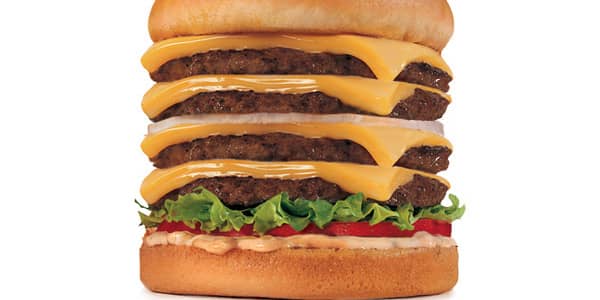Sizing Up Holiday Spending
Who doesn’t love a party?
Holidays are a great excuse to gather family and friends for dinner and other celebrations. And with those gatherings come other expenses—new clothing, gifts, flowers, cards and other items.
All together, IBISWorld estimates that Americans spend $228.4 billion on holidays throughout the year.
Gifts are the most common purchase that consumers make during the major holidays, and account for 47.2 percent of total holiday sales. Food and drink make up the second largest category of holiday spending, accounting for 36.2 percent of purchases. The third largest category, with 5.8 percent of purchases, is decorations and costumes.
Click ahead to see how the holidays stack up.
By Christina Cheddar-Berk
Posted 31 Mar 2011
7. Halloween
Share of total holiday spending: 2.6 percent
2010 spending: $6.0 billion
Change from 2009: +1.7 percent
With more adults joining in the fun, Halloween is becoming a bigger occasion to splurge on for many people. However, the holiday still has a way to go to stack up with other major national holidays.
One factor is that Halloween is not a major gift-giving event. Instead most of the money is spent on costumes and decorations.
6. Father’s Day
Share of holiday spending: 4.5 percent
2010 spending: $10.2 billion
Change from 2009: +1.3 percent
Whether it is a tie, a new set of golf clubs or a barbeque set, many people buy a gift or take Dad out to a restaurant to celebrate Father’s Day.
5. Easter
Share of holiday spending: 6.1 percent
2010 spending $14.02 billion
Change from 2009: +1.8 percent
Chocolate bunnies, marshmallow chicks and stuffed animals are just a few items that spring to mind when someone mentions Easter. But they are not the only items purchased to mark the occasion.
The religious holiday also tends to inspire the purchase of new clothing and it provides a chance to gather the family together for a holiday meal.
4. Mother’s Day
Share of holiday spending: 6.5 percent
2010 spending: $14.88 billion
Change from 2009: +4.1 percent
Some say mothers have the hardest job in the world, but at least there is one day each year for children to say “Thank you.”
Spending on cards, flowers, gifts and meals at restaurants push Mother’s Day into fourth place among the major national holidays.
3. Valentine’s Day
Share of holiday spending: 7.7 percent
2010 spending: $17.60 billion
Change from 2009: +3.2 percent
Valentine’s Day is a chance for couples to shower their loved ones with special gifts.
With Valentine’s Day ranking third among the major national holidays, it is easy to see Cupid is a very busy boy each February.
2. Thanksgiving
Share of holiday spending: 13.4 percent
2010 spending: $30.5 billion
Change from 2009: +2.1 percent
What a feast! But cooking a delicious turkey and all the trimmings doesn’t come cheap, putting Thanksgiving in the No. 2 spot in terms of holiday spending.
Note, this spending doesn’t include any shopping on Black Friday.
1. Christmas
Share of holiday spending: 59.2 percent
2010 spending: $135.16 billion
Change from 2009: +5.5 percent
Christmas is by far the largest holiday in terms of spending, which is why so many retailers rely on the fourth quarter retailing season to drive their earnings.
Consumers spend heavily on food, drinks and candy as well as decorations during the holiday season, but spending on gifts makes up the lion’s share of the Christmas budget.
In 2010, clothes were the most popular gift, followed by gift cards, electronics and jewelry.





